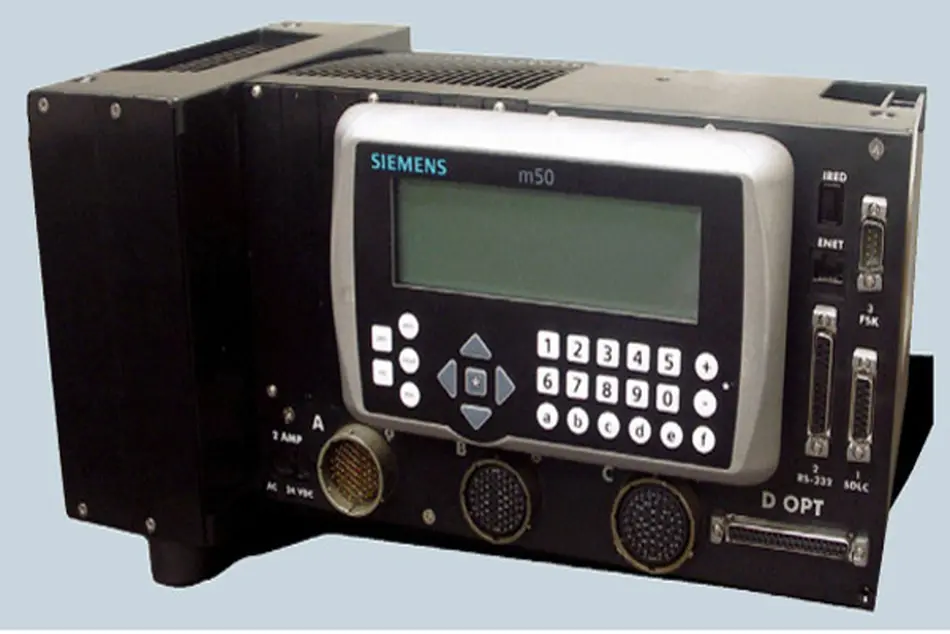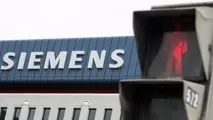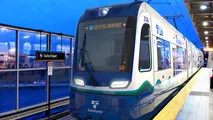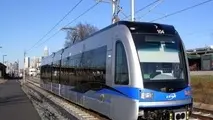Siemens introduces new traffic control software for connected intersections

Siemens has expanded its portfolio of adaptive traffic control software by introducing SEPAC Peer-to-Peer management software that allows controllers located at intersections to share information with one another on traffic and pedestrian conditions.
SEPAC’s new ‘connected’ capability allows the on-street network of controllers to adaptively respond to changing traffic conditions in real time. In the field, a controller can transmit information about a large number of vehicles to a controller at the next traffic signal. This allows extra green-light time for the group of cars to move through multiple intersections, making traffic more efficient for operators and the traveling public. Abilene in Texas is one city piloting the Peer-to-Peer technology to increase traffic flow along a heavily traveled corridor.
The Siemens Intelligent Traffic Systems business unit is part of the company’s Mobility Division, which provides efficient and integrated transportation of people and goods by rail and road, including all products, solutions and services regarding mobility. The ITS unit’s SEPAC Peer-to-Peer feature gives operators a greater level of insight into traffic conditions and more accuracy in adapting traffic patterns to increase flow and ultimately reduce congestion. The SEPAC software can also be installed in existing traffic controllers and does not require any additional equipment or IT infrastructure.
“We have two state highways meeting at two intersections about 750ft (228m) apart, and [with] elevated railroads passing between them. This was a big problem when time clocks got out of step, making the traffic flow between the intersections very inefficient,” explained James Rogge, traffic engineer for the City of Abilene.
“Since the implementation of Siemens SEPAC Peer-to-Peer functionality, the city has seen significant improvements in traffic flow through this once congested area in Abilene. Commuters have even called the city expressing their contentment with and realization of improvement to traffic flow.”
Marcus Welz, CEO of Siemens Intelligent Traffic Systems, said, “We are continuing to lead the industry in adaptive traffic signal control systems, developing a broad variety of technologies to reduce travel time and delays, and ultimately solve congestion in cities of all sizes. Our new traffic control software includes an innovative approach for on-street, adaptive solutions by leveraging peer-to-peer technology that will make intersections work even harder for drivers, and help bring our traffic infrastructure into the 21st century.”



